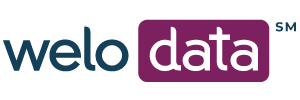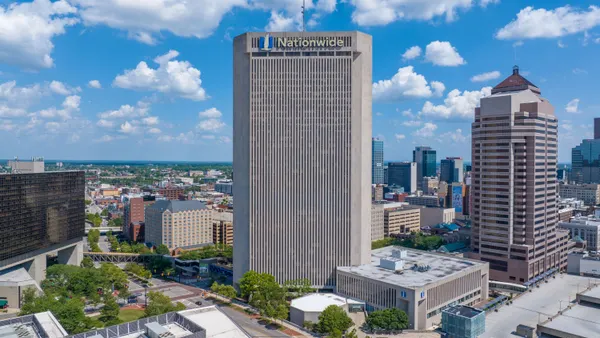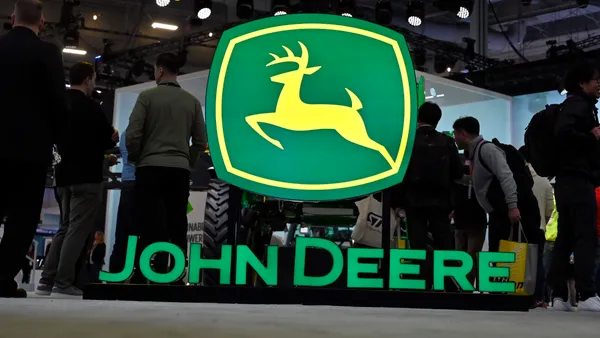UPDATE: Jan. 8, 2021: The Department of Homeland security is changing how H-1B visas are adjudicated, replacing the lottery system with a wage-based selection process, according to U.S. Citizenship and Immigration Services rules published Friday. The rule goes into effect March 9.
Dive Brief:
-
The U.S. Department of Homeland Security proposed a rule on Nov. 2 to replace the existing lottery system used to select cap-subject H-1B visa petitions with a "wage level ranking" system that would prioritize foreign workers who have received the highest wage offers from employers.
- Under the proposal, U.S. Citizenship and Immigration Services would first select registrations offering a proffered wage that equals or exceeds the highest prevailing wage level — on a four-tier scale — for the relevant occupation and intended geographic area of employment. USCIS would then select petitions in descending order of prevailing wage level. This ranking would first occur for cap-subject petitions and then for petitions that qualify for the program's advanced degree exemption, per the NPRM.
- The H-1B program's current lottery system "is reasonable, but inconsiderate of Congress' statutory purposes for the H-1B program and its administration," DHS said. The agency added that wage-based selection aims to "maximize H-1B cap allocations, so that they more likely would go to the best and brightest workers." Stakeholders may comment on the NPRM through Dec. 2.
Dive Insight:
The Trump administration continues to make alterations to the H-1B visa program in the latter months of 2020. The wage-level ranking NPRM comes just weeks after the DHS issued an interim final rule to raise minimum pay for H-1B visa holders.
Under that rule, the highest wage level tier for workers accepted through the H-1B program would rise to the 95th percentile of Occupational Employment Survey wage distribution from its previous level, the 65th percentile.
The latest decision to nix the agency's previous lottery-based method of selecting visa petitions is an attempt to address an issue that observers of the H-1B program have previously highlighted. That is, the H-1B program's prevailing wage levels mean workers can hire foreign talent at prices that are "significantly lower" than local median salaries for certain occupations, according to a May analysis by the Economic Policy Institute. The organization found, for instance, that three-fifths of 2019 H-1B jobs were certified at the two lowest prevailing wage levels.
But DOL's solution is "too broad and too crude" to solve that issue, according to Richard Burke, president and CEO of immigration services provider Envoy Global. It could negatively impact how firms hire foreign students who would not otherwise be eligible for the highest prevailing wage level after immediately joining a U.S. company via the H-1B program, he said.
It may also put companies such as technology startups at a disadvantage, Burke said, because such companies rely on compensating workers with equity in the business (such as stock options) in order to compete for talent.
The proposal may have the effect of prioritizing higher-paid members of certain occupational groups, such as data engineers, over lower-paid members of other groups, such as physicians. "The way these rules are supposed to be implemented … doesn't take into account the relative value in society of certain professions," Burke noted.
Given that the proposal could face some form of legal challenge, employers still face uncertainty in considering how to respond to the rulemaking, Burke said. But if implemented, "this would have a very material change on a very common sourcing strategy due to the STEM shortage."















